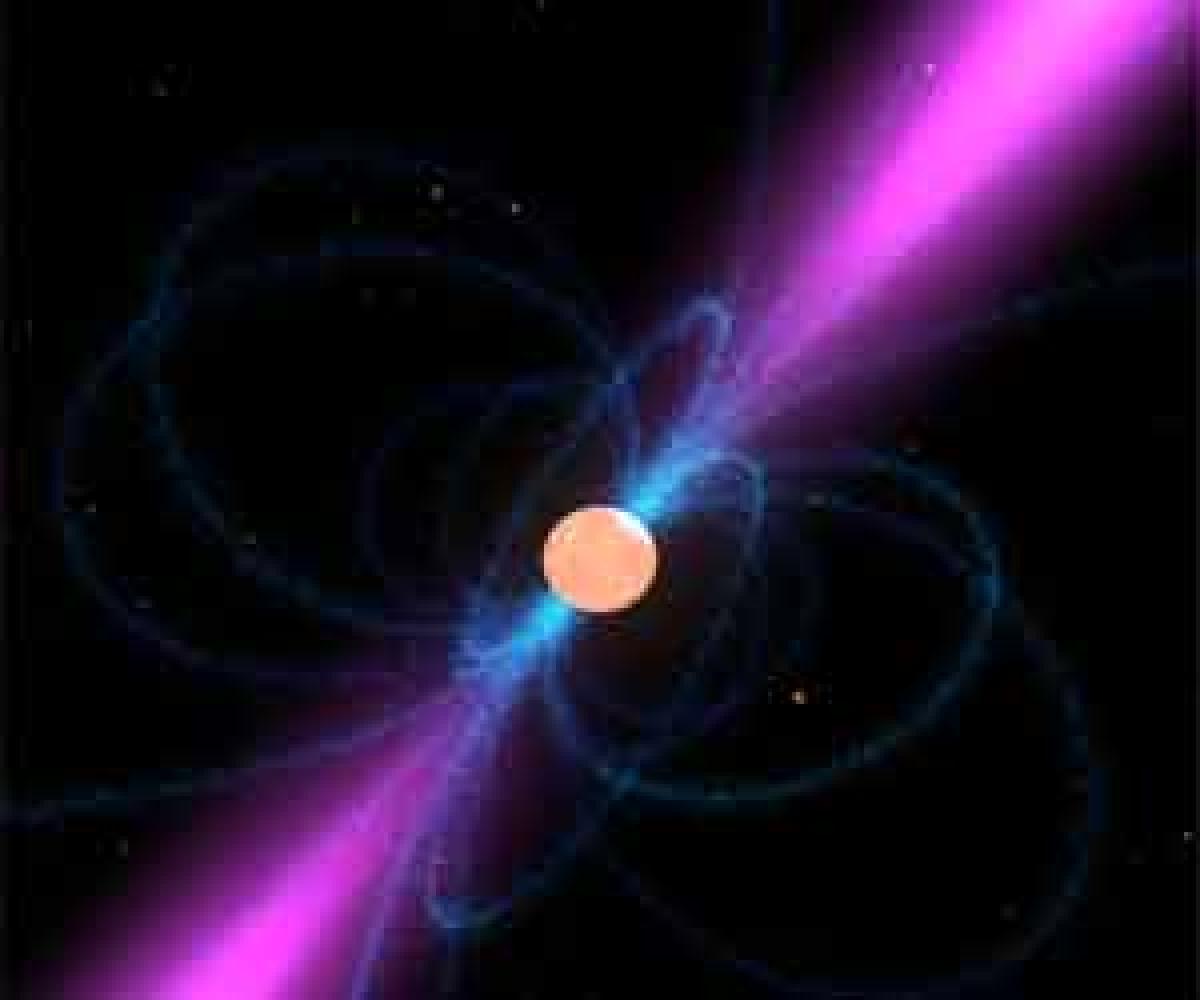A formula can tell fate of rotating neutron star

A formula taking into account the maximum mass of non-rotating neutron star has made it possible for scientists to calculate the critical mass when a rotating neutron star would collapse to become a black hole.
London: A formula taking into account the maximum mass of non-rotating neutron star has made it possible for scientists to calculate the critical mass when a rotating neutron star would collapse to become a black hole.
"It is quite remarkable that a system as complex as a rotating neutron star can be described by such a simple relation," said Luciano Rezzolla from the Goethe University in Frankfurt, one of the authors of the study.
Neutron stars have a mass that is up to twice that of the sun but a radius of only a dozen km, making them thousands of billions of times denser than that of the densest element on the Earth.
But their mass cannot grow without bound. Indeed, if a non-rotating star increases its mass, its density also will increase. Normally this will lead to a new equilibrium and the star can live stably in this state for thousands of years.
This process, however, cannot repeat indefinitely and the accreting star will reach a mass above which no physical pressure will prevent it from collapsing to a black hole.







